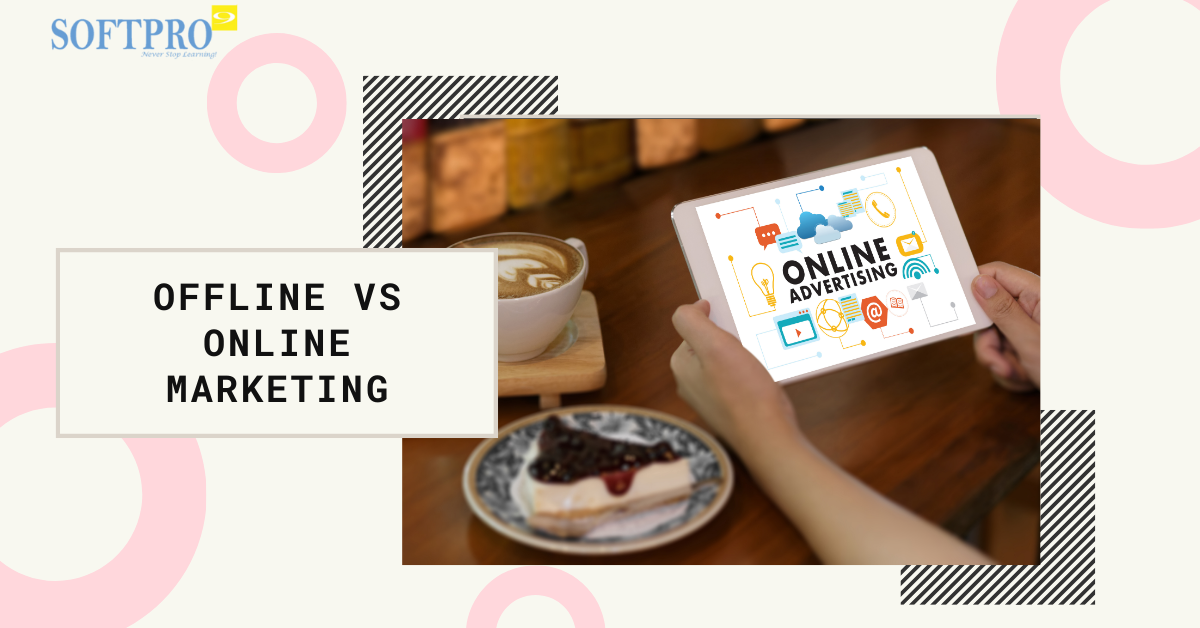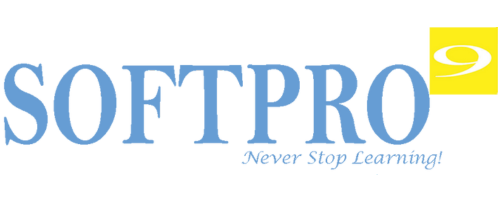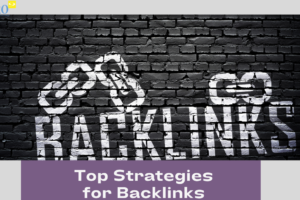
Offline vs. Online Marketing: Key Differences and Strategies in the Digital Age
In today’s rapidly evolving business landscape, marketing has become more complex and multifaceted than ever before. The advent of the digital age has introduced a plethora of new channels and strategies, challenging traditional methods and offering businesses unprecedented opportunities to connect with their target audiences. This comprehensive guide explores the key differences between offline and online marketing and provides strategic insights on how to navigate the digital age effectively.
Introduction
Marketing is the lifeblood of any business, serving as the primary means of communicating value to customers. Traditionally, companies relied heavily on offline marketing methods—television ads, print media, billboards, and direct mail campaigns—to reach their audiences. However, the rise of the internet and digital technologies has revolutionized how businesses approach marketing.
Understanding the distinctions between offline and online marketing is crucial for businesses aiming to maximize their reach and effectiveness. This guide delves into each method’s intricacies, compares their advantages and disadvantages, and offers strategies to integrate both approaches in the digital age.
Understanding Offline Marketing
Definition
Offline marketing refers to any form of advertising or promotion that uses traditional channels to reach consumers without the use of the internet. It encompasses a wide range of media, including print, broadcast, telemarketing, and face-to-face interactions.
Examples of Offline Marketing
- Television and Radio Advertising: Commercials aired during programming to capture the attention of viewers and listeners.
- Print Media: Advertisements in newspapers, magazines, brochures, and flyers.
- Billboards and Outdoor Advertising: Large-scale advertisements placed in high-traffic areas.
- Direct Mail: Promotional materials sent directly to consumers’ mailboxes.
- Event Marketing: Trade shows, conferences, and sponsorships where businesses can interact directly with potential customers.
- Telemarketing: Direct calls made to potential customers to promote products or services.
Pros of Offline Marketing
- Broad Reach: Capable of reaching a wide audience, especially through national TV and radio.
- Tangible Materials: Physical items like brochures or business cards can leave a lasting impression.
- Personal Interaction: Face-to-face events allow for personal connections and immediate feedback.
- Brand Visibility: High-impact visuals in public spaces can enhance brand recognition.
Cons of Offline Marketing
- High Costs: Television, radio, and print ads can be expensive, especially for small businesses.
- Limited Targeting: Difficulty in reaching specific demographics compared to online methods.
- Measurability Issues: Challenging to track the effectiveness and ROI of campaigns accurately.
- Less Engagement: Generally one-way communication with limited interaction opportunities.
Understanding Online Marketing
Definition
Online marketing, or Digital Marketing, involves promoting products or services over the internet using digital channels and technologies. It leverages websites, social media platforms, search engines, email, and mobile apps to reach and engage consumers.
Examples of Online Marketing
- Search Engine Optimization (SEO): Enhancing website visibility on search engines to attract organic traffic.
- Pay-Per-Click Advertising (PPC): Paid ads that appear on search engines and websites, where advertisers pay per click.
- Content Marketing: Creating and sharing valuable content to attract and retain customers.
- Social Media Marketing: Using platforms like Facebook, Instagram, Twitter, and LinkedIn to engage with audiences.
- Email Marketing: Sending targeted emails to nurture leads and communicate with customers.
- Affiliate Marketing: Partnering with other businesses or individuals to promote products for a commission.
- Influencer Marketing: Collaborating with influencers to reach their followers.
Pros of Online Marketing
- Targeted Reach: Ability to target specific demographics, interests, and behaviors.
- Cost-Effective: Lower costs compared to traditional advertising, suitable for all budget sizes.
- Measurable Results: Advanced analytics provide insights into campaign performance and ROI.
- High Engagement: Interactive content fosters two-way communication with consumers.
- Flexibility: Campaigns can be adjusted in real-time based on performance data.
- Global Audience: Access to international markets without geographical limitations.
Cons of Online Marketing
- High Competition: The internet is saturated with content, making it challenging to stand out.
- Technical Skills Required: Effective online marketing often requires specialized knowledge.
- Security and Privacy Concerns: Risks of data breaches and compliance with privacy laws.
- Ad Fatigue: Consumers may become overwhelmed by the volume of online ads.
Key Differences Between Offline and Online Marketing
1. Reach and Audience Targeting
- Offline: Broad reach but limited targeting capabilities. Ads are broadcasted to a general audience.
- Online: Precise targeting using data analytics to reach specific demographics, interests, and behaviors.
2. Cost and Return on Investment (ROI)
- Offline: Generally higher upfront costs with less measurable ROI.
- Online: More cost-effective with the ability to scale budgets and measure ROI accurately.
3. Measurability and Analytics
- Offline: Difficult to track the exact impact of campaigns. Relies on estimates and indirect metrics.
- Online: Detailed analytics provide real-time data on impressions, clicks, conversions, and customer behavior.
4. Engagement and Interaction
- Offline: One-way communication with limited customer interaction.
- Online: Two-way communication allowing for engagement through comments, shares, and direct messaging.
5. Flexibility and Adaptability
- Offline: Less flexible; changes to campaigns can be time-consuming and costly.
- Online: Highly adaptable; campaigns can be adjusted instantly based on performance metrics.
6. Accessibility
- Offline: Limited by geographical and time constraints.
- Online: Accessible 24/7 from anywhere with an internet connection.
Strategies for Integrating Offline and Online Marketing
In the digital age, a hybrid approach that combines the strengths of both offline and online marketing can be highly effective.
1. Consistent Branding
Ensure that your brand message and visual identity are consistent across all platforms. This builds brand recognition and trust.
- Offline: Use consistent logos, slogans, and color schemes in print materials and signage.
- Online: Mirror the same branding elements on your website, social media, and digital ads.
2. Cross-Promotion
Leverage offline channels to promote online platforms and vice versa.
- Offline to Online: Include website URLs, social media handles, and QR codes on business cards, flyers, and billboards.
- Online to Offline: Use email newsletters and social media to promote in-store events or physical products.
3. Leveraging Data
Use data collected from online interactions to inform offline marketing strategies.
- Customer Insights: Analyze online customer behavior to tailor offline promotions.
- Personalization: Send personalized direct mail based on online purchase history.
4. Engaging Events
Combine physical events with digital engagement.
- Live Streaming: Broadcast offline events online to reach a wider audience.
- Interactive Displays: Use digital kiosks or AR/VR experiences at physical locations.
5. Unified Marketing Campaigns
Create campaigns that seamlessly blend offline and online elements.
- Hashtag Campaigns: Encourage event attendees to share their experiences online using a specific hashtag.
- Contests and Giveaways: Run promotions that require online registration but are redeemed offline.
Adapting to the Digital Age
As technology continues to evolve, businesses must stay ahead of emerging trends to remain competitive.
1. Embracing Mobile Marketing
- Mobile Optimization: Ensure websites and emails are optimized for mobile devices.
- Apps and Notifications: Develop mobile apps and use push notifications for direct communication.
2. Personalization and Customer Experience
- AI and Machine Learning: Use AI to personalize marketing messages and product recommendations.
- Customer Journey Mapping: Understand and optimize every touchpoint in the customer’s interaction with the brand.
3. Content is King
- Quality Content: Focus on creating valuable, relevant, and consistent content to attract and retain a clearly defined audience.
- Video Marketing: Utilize videos across platforms as they have higher engagement rates.
4. Social Media and Influencer Marketing
- Platform Selection: Choose platforms that align with your target audience.
- Influencer Partnerships: Collaborate with influencers to reach wider audiences authentically.
5. Data Privacy and Compliance
- Regulations Awareness: Stay informed about laws like GDPR and CCPA.
- Transparent Practices: Build trust by being transparent about data collection and usage.
Conclusion
Understanding the key differences between offline and online marketing is essential for developing a robust marketing strategy in the digital age. While online marketing offers unparalleled targeting, measurability, and flexibility, offline marketing still holds value in building brand recognition and reaching broader audiences.
An integrated approach that leverages the strengths of both methods can maximize reach and effectiveness. By staying adaptable and informed about emerging trends and technologies, businesses can craft strategies that not only meet but exceed their marketing goals.
Embracing the digital age means not just shifting to online platforms but intelligently blending traditional and digital strategies to create a cohesive, powerful marketing presence.
Key Takeaways
- Offline Marketing: Best for broad reach and tangible brand experiences but less targeted and measurable.
- Online Marketing: Offers precise targeting, cost-effectiveness, and real-time analytics but requires technical expertise.
- Integration: Combining both approaches can enhance overall marketing effectiveness.
- Adaptation: Staying current with digital trends and technologies is crucial for long-term success.
By comprehensively understanding and strategically applying the differences between offline and online marketing, businesses can effectively navigate the complexities of the digital age and connect more meaningfully with their audiences.



